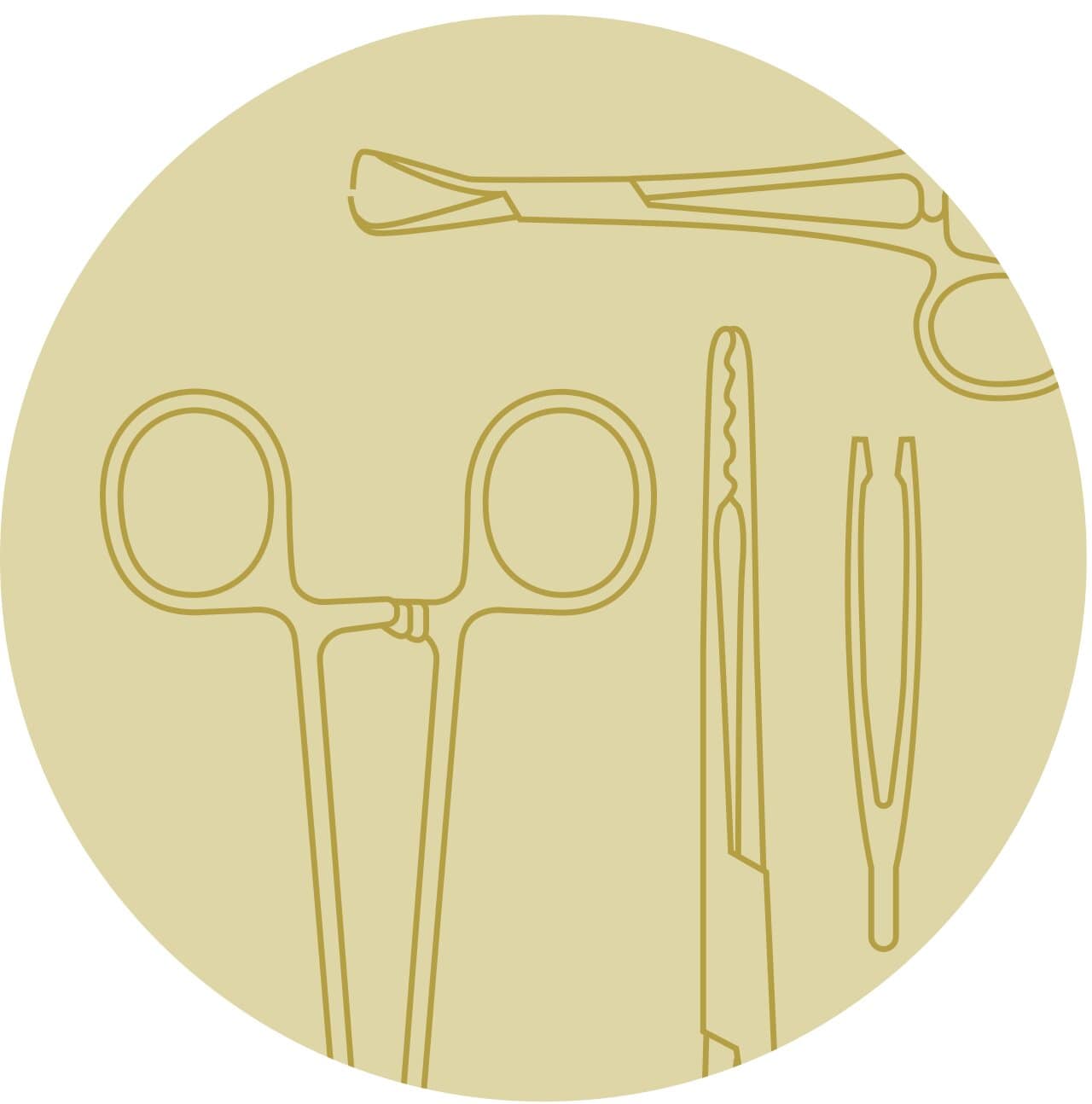A
fungus parasitic that grows on birch trees in the Northern Hemisphere and
rarely in some other trees can be easily identified as it has an entirely
distinct appearance of burnt charcoal. Though it is a fungus it does not look
like one. It is commonly found in Europe, Russia, Korea and certain areas of
USA and Canada and is widely known to boost your immune system. It contains
abundant amounts of Beta-D-Glucans that helps to balance the response of your
body’s immunity system by increasing or decreasing according to the need. This
makes it a natural Biological Response Modifier (BRM). It is even known to
activate the immune cells responsible for combating cancer initiation. Further
research work is being carried out to determine its entire role in fighting cancer.
Scientific evidences suggest that there may be vital components in the mushroom
that requires the need for further investigation to determine its entire role.
fungus parasitic that grows on birch trees in the Northern Hemisphere and
rarely in some other trees can be easily identified as it has an entirely
distinct appearance of burnt charcoal. Though it is a fungus it does not look
like one. It is commonly found in Europe, Russia, Korea and certain areas of
USA and Canada and is widely known to boost your immune system. It contains
abundant amounts of Beta-D-Glucans that helps to balance the response of your
body’s immunity system by increasing or decreasing according to the need. This
makes it a natural Biological Response Modifier (BRM). It is even known to
activate the immune cells responsible for combating cancer initiation. Further
research work is being carried out to determine its entire role in fighting cancer.
Scientific evidences suggest that there may be vital components in the mushroom
that requires the need for further investigation to determine its entire role.
A powerful anti-cancer beverage
Use
of this mushroom as a beverage has long been considered as a health cure in
Russia, Siberia and other North European countries. This drink derived from the
ugly looking mushroom is known to strengthen the immune system to a great
extent and has given promising output for the treatment of cancer. The inside
of the mushroom has the color of a rusted iron and its outside looks dark and
hard, having a texture that resembles that of a cork. The mushroom tea was
introduced globally by the Russian author Alexander Solzhenitsyn through his
novel ‘Cancer Ward’ where it is shown to treat cancer with the help of this
beverage. The huge amount of phytochemicals, polysaccharides and antioxidants
naturally contained here
is known to have anti-cancer properties, most of which are found in several of
the medicinal mushrooms that are considered to impart anti-cancer properties.
Moreover, it is also a source of betulinic acid, a component derived from the
bark of birch trees that contain the mushroom, is known to fight viral
infections and tumors. The interior part of the mushroom is shredded, soaked
and softened in cold water for a few hours. The water is stored in a container
and the softened mushroom is then placed in a cup of hot water and allowed to
stand for a couple of days at room temperature. After that the remains of the
mushroom is discarded and the resultant tea is combined with the water essence
to create a health drink within four days. The drink is quite bitter and
slightly stringent but has no after taste.
of this mushroom as a beverage has long been considered as a health cure in
Russia, Siberia and other North European countries. This drink derived from the
ugly looking mushroom is known to strengthen the immune system to a great
extent and has given promising output for the treatment of cancer. The inside
of the mushroom has the color of a rusted iron and its outside looks dark and
hard, having a texture that resembles that of a cork. The mushroom tea was
introduced globally by the Russian author Alexander Solzhenitsyn through his
novel ‘Cancer Ward’ where it is shown to treat cancer with the help of this
beverage. The huge amount of phytochemicals, polysaccharides and antioxidants
naturally contained here
is known to have anti-cancer properties, most of which are found in several of
the medicinal mushrooms that are considered to impart anti-cancer properties.
Moreover, it is also a source of betulinic acid, a component derived from the
bark of birch trees that contain the mushroom, is known to fight viral
infections and tumors. The interior part of the mushroom is shredded, soaked
and softened in cold water for a few hours. The water is stored in a container
and the softened mushroom is then placed in a cup of hot water and allowed to
stand for a couple of days at room temperature. After that the remains of the
mushroom is discarded and the resultant tea is combined with the water essence
to create a health drink within four days. The drink is quite bitter and
slightly stringent but has no after taste.
Research work related to this mushroom
Over
the decades studies have been conducted here in India and in various parts of
the world on the effectiveness of this herb in fighting cancer. In the
mid-1990s Japanese researchers tested the extracts from this herb and concluded
that it restricts the growth of cancer cells uncontrollably. A couple of years
later, Polish scientists demonstrated that it inhibits tumor growth. Later,
Koreans also researched upon the anti-cancer properties of this mushroom.
the decades studies have been conducted here in India and in various parts of
the world on the effectiveness of this herb in fighting cancer. In the
mid-1990s Japanese researchers tested the extracts from this herb and concluded
that it restricts the growth of cancer cells uncontrollably. A couple of years
later, Polish scientists demonstrated that it inhibits tumor growth. Later,
Koreans also researched upon the anti-cancer properties of this mushroom.


